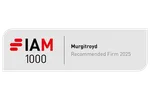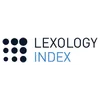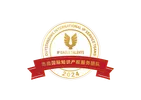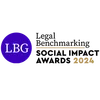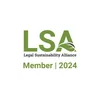SKYKICK and the USA: bringing British and American Practice Closer together
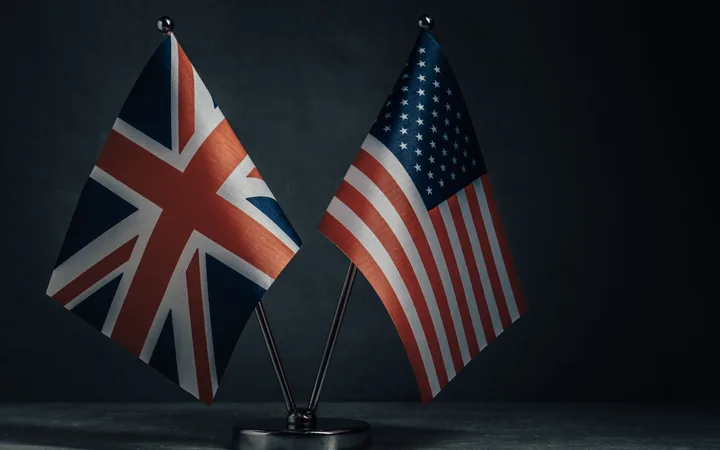
While the implications of the final SKYKICK decision are still resonating in the UK, US attorneys might consider the outcome fairly irrelevant and might be heard to say: “how were you filing before?” #
For some background on this case, please see this article from Alan Fiddes.
Trade Mark scope: U.S. vs. UK/EU #
US trade mark specifications are narrow and specific. The reason for this traces back to the US Constitution, which, as far as IP is concerned, only regulates patents and copyright. The ability of the Federal Government to establish a trade mark registry had to be found in the power granted by the Constitution to Congress, to “regulate commerce”. The registration of a trade mark is thus inextricably linked to usage, especially as far as US domestic applicants are concerned. Foreign applicants get an initial pass, due to Congress’ ability to regulate commerce with foreign nations but still require a bona fide intention to use. For the most part therefore, US trade mark specifications mirror actual usage and are accordingly, very narrow by UK and European standards.
When US trade marks are filed in the UK, there has been a practice, historically, of broadening these narrow specifications. A discussion could take place to determine what broader scope of goods and services may correspond to the broader category of “bona fide intention to use”. The final decision in SKYKICK has complicated this discussion.
By way of example, a US specification for a narrow type of computer software should not be expanded to software generally. The SKYKICK decision makes it clear that such an expansion could open the application to a challenge that it was filed in bad faith. This is certainly an error to avoid. Does it still make sense to expand US specifications to UK practice? There may still be some safe territory between actual use – which is the US criteria for registering a mark - and a bona fide intention to use, which is the threshold for filing.
From US use to UK intention #
A starting point might be to ask whether the US specification was narrowed in the final Statement of Use. If so, the UK specification could possibly be expanded to the original US Intent to Use spec, subject to a check that this still corresponds to a bona fide intention to use.
Given that SKYKICK provides for the survival of narrower terms, it could be unwise to replace or reword any existing US specification terms. Any new specification terms should be separated firmly by a semicolon.
Class heading terms should be used with caution. Again, an item like “software” would be bad but an item like “clothing” might be safe.
The practice of “evergreening”, namely refiling a trade mark when the existing registration exits the grace period for non-use, so as to establish a new grace period, is firmly to be avoided in the wake of SKYKICK. Evergreening is however still around in other parts of the world and it may be worth checking the intention behind new instructions.
Specifying Carefully After SKYKICK #
The difference between how UK attorneys draft specifications and how US attorneys draft specifications, is probably narrower now than it has ever been and this can only be good for business.
The SKYKICK decision has prompted a necessary recalibration of UK trade mark practice. While US attorneys may be unaware of these changes, they are unwittingly in a better position than before, given that UK attorneys are now also applying closer scrutiny to both the language used and the intention behind a trade mark application. Careful assessment is, however, essential when expanding US specifications for UK filings, to avoid allegations of bad faith around the intention to use.
The key takeaway is communication. Keep within the intention to use and avoid bad practices like overly broad class headings and evergreening.
Learn more about how we support and protect your brand—visit our Trade Marks page.





